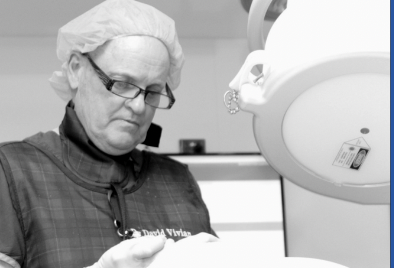Pelvic instability refers to the disruption of the pelvic ring causing back pain. It occurs as a consequence of pelvic fractures or pelvic hypermobility (naturally occurring ligamentous laxity or post trauma/child birth). The underlying cause of pain is loss of the integrity of the pelvis and hence a disruption to normal load transference to the lumber spine from the lower limb.
PELVIC INSTABILITY
WHAT CAN YOU DO ABOUT IT?
You may need to wear a pelvic closure brace for a period of time until your muscles are strong enough to hold the pelvic ring together. In severe cases of disruption, external fixation (via surgical pins and bolts) may be used to assist in 'solidifying' the pelvis. A new technique that stiffens the pelvic junctions via injection of an irritant into the pelvic joints - prolotherapy- is still the subject of much conjecture.
All patients will require a prolonged period of active rehabilitation to address muscle weakness, lumbar stability, and core strength.
DO I NEED TO GET A SCAN TO ASSESS MY BACK?
A plain x-ray of the pelvis may give some idea of the bony architecture of the pelvic ring, otherwise a diagnosis is made more on history and a physical examination.
CAN I USE MY MEDICATION?
Medication may be required to help you get on top of severe symptoms, to allow you to sleep, and with acute flare ups, to settle any inflammation. Medication may be required to help you participate in a rehabilitation program. Your doctor should be involved in any decision regarding the use medication, as this will vary depending upon your individual circumstance.
SHOULD I DO SIT-UPS TO STRENGTHEN MY BACK?
No. Sit-ups can make the problem worse. During sit-up activity, the hip flexors are maximally loaded and they can then stress the mid lumbar facet joints. Abdominal muscles support the back, but sit-ups are not the way to work them. It is best to get a physiotherapist to guide you through exercises appropriate to the problem.
REMEMBER
The primary goal is to help you find ways to manage your pain and return to your usual activities
It is important to work with your health practitioner to manage your pain and address your concerns
If pain persists, it is important to follow up with your doctor or health practitioner, as you may need further assessment
MORE ON THE PAIN CHART
You should rate your pain between 0 and 10 before your injection, and after for 6 hours, firstly in 30 minute intervals and then hourly intervals. Ratings should be conducted in terms of movements and how you feel doing the things that most aggravate the pain.



